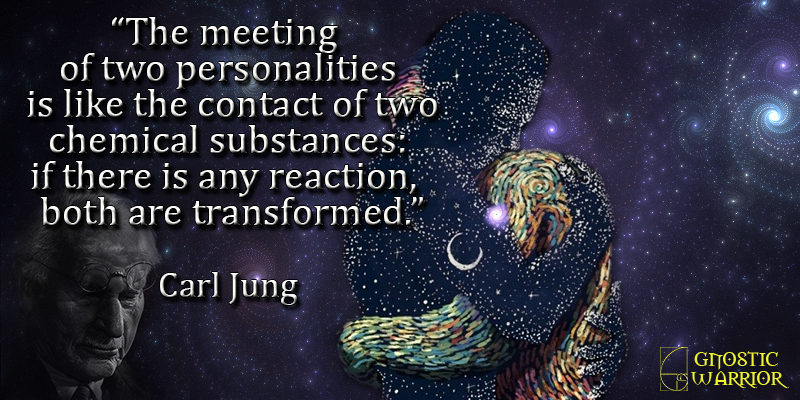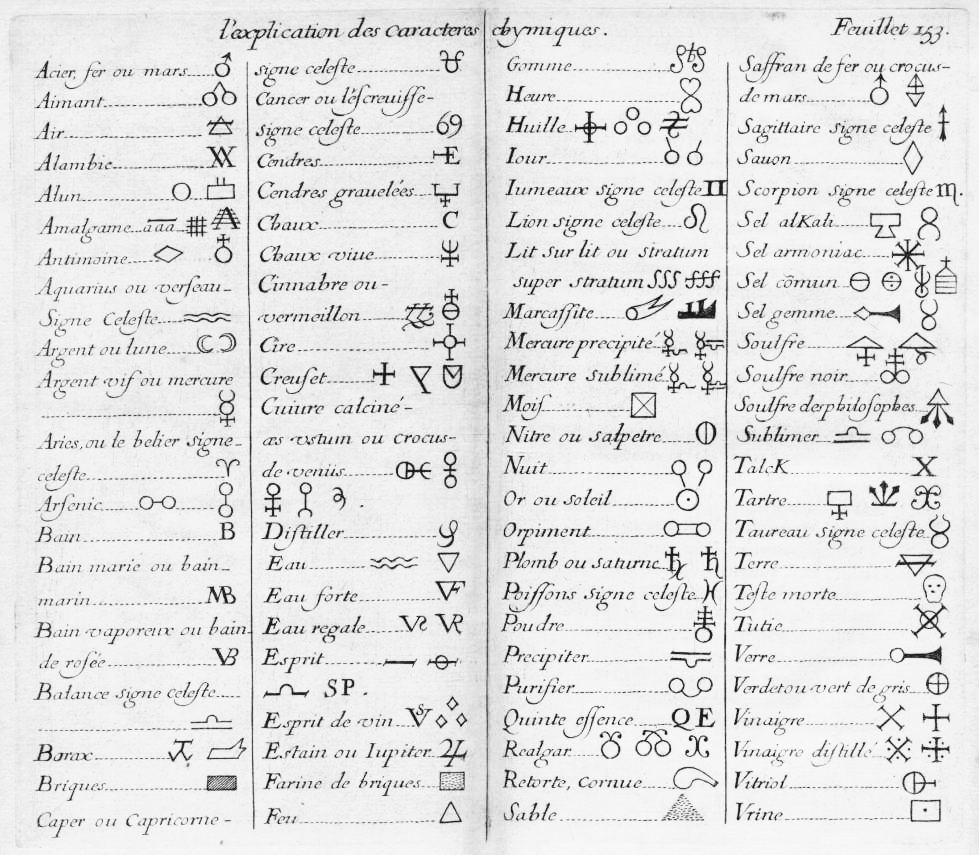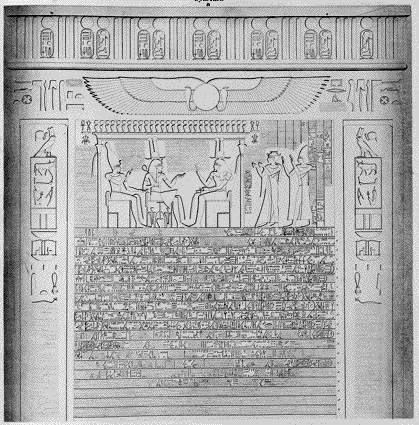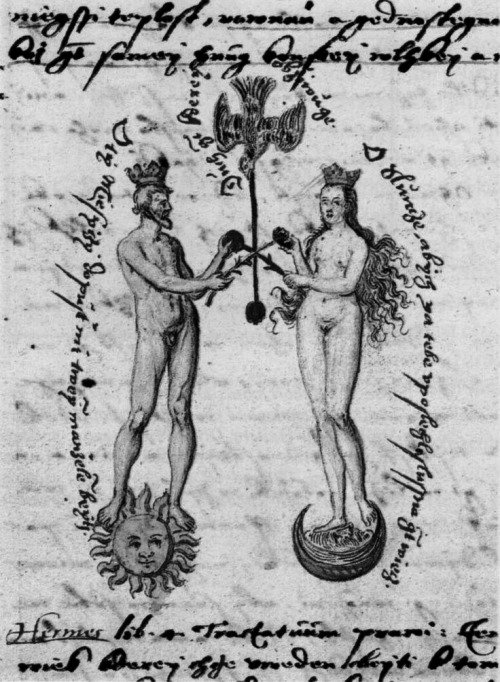At supper the various guests propounded enigmas and C.R.C. solved the riddle which Virgo Lucifera asked concerning her own identity. Then entered the dining hall two youths and six virgins beautifully robed, followed by a seventh virgin wearing a coronet. The latter was called the Duchess, and was mistaken for the Hermetic Bride. The Duchess told C.R.C. that he had received more than the others, therefore should make a greater return. The Duchess then asked each of the virgins to pick up one of the seven weights which still remained in the great room. To Virgo Lucifera was given the heaviest weight, which was hung in the Queen’s chamber during the singing of a hymn. In the second chamber the first virgin hung her weight during a similar ceremony; thus they proceeded from room to room until the weights had been disposed of. The Duchess then presented her hand to C. R. C. and his companions and, followed by her virgins, withdrew. Pages then conducted the guests to their sleeping chambers. The one assigned to C.R.C. was hung with rare tapestries and with beautiful paintings.
THE FOURTH DAY
After washing and drinking in the garden from a fountain which bore several inscriptions–among them one reading, “Drink, brothers, and live”–the guests, led by Virgo Lucifera, ascended the 365 steps of the royal winding stairs. The guests were given wreaths of laurel and, a curtain being raised, found themselves in the presence of the King and Queen. C.R.C. was awestruck by the glory of the throne room and especially by the magnificence of the Queen’s robes, which were so dazzling that he could not gaze upon them. Each guest was presented to the King by one of the virgins and after this ceremony the Virgo Lucifera made a short speech in which she recited the achievements of the honest “artists” and begged that each be questioned as to whether she had properly fulfilled her duty. Old Atlas then stepped forward and in the name of their Royal Majesties greeted the intrepid band of philosophers and assured Virgo Lucifera that she should receive a royal reward.
The length of the throne room was five times its width. To the west was a great porch in which stood three thrones, the central one elevated. On each throne sat two persons: on the first an ancient king with a young consort; on the third a black king with a veiled matron beside him; and on the central throne two young persons over whose heads hung a large and costly crown, about which hovered a little Cupid who shot his arrows first at the two lovers and then about the hall. Before the Queen a book bound in black velvet lay on a small altar, on which were golden decorations. Beside this were a burning candle, a celestial globe, a small striking-watch, a little crystal pipe from which ran a stream of clear blood-red liquor, and a skull with a white serpent crawling in and out of the orbits. After their presentations, the guests retired down the winding stairs to the great hall.
KEY TO THE GREAT PHILOSOPHICAL SECRET.
From Ashmole’s Theatrum Chemicum Britannicum. This plate, which is the key to mystic Christian alchemy, is missing from almost every copy of the Theatrum Chemicum Britannicum, a work compiled by Elias Ashmole and containing about a score of pieces by English poets treating of the Philosopher’s Stone and the Hermetic mysteries. In view of the consistent manner in which the plate disappeared, it is possible that the diagram was purposely removed because it revealed too plainly the Rosicrucian arcana. Worthy of notice also is the care with which owners’ names have been effaced from early books pertaining to alchemy and Hermeticism. The original names are usually rendered illegible being covered with heavy ink lines, the procedure often seriously defacing the volume, While an occasional exception is found, in practically every instance the mutilated books either deal with Rosicrucianism or contain cryptic writings of suspected Rosicrucian origin. It is presumed that this Practice of obliterating the owners names was to prevent the early Rosicrucians and Hermetists from being discovered through the volumes composing their libraries. Elias Ashmole’s plate shows the analogies between the life of Christ and the four grand divisions of the alchemical process. Herein is also revealed the teaching that the Philosopher’s Stone itself is a macrocosm and a microcosm, embodying the principles of astronomy and cosmogony, both universal and human.

Moe is the founder of GnosticWarrior.com. He is a father, husband, author, martial arts black belt, and an expert in Gnosticism, the occult, and esotericism.









